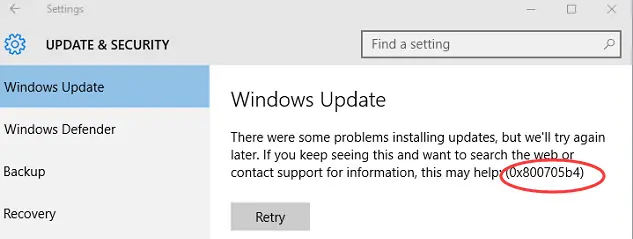

Ensure that the maximum number of instances of the CacheTools geoprocessing service is set to at least a value of 3 before you run this tool.

If you want to complete a partially created cache or perform a quality check on your cache, run Manage Map Server Cache Tiles with Update Mode set to Recreate Empty Tiles. Add new tiles or missing tiles to the cache

For further information and examples of how to automate your cache updates, see Automating cache creation and updates with geoprocessing. If you have editors that are constantly updating the data, you can run Manage Map Server Cache Tiles automatically on a regular basis through scripting. Only tiles in the national parks are re-created. For example, if you have a cache covering the entire United States and you just edited the national park boundaries, you can supply the national parks feature class as the area of interest. This works well if you've edited polygon data. With this option, the tool re-creates only the tiles that cover the area of interest. If you know that features in only one dataset or one geographic area have changed, you can supply the path to a feature class or a graphic that you draw in ArcMap for the Area of interest property. If you want to update tiles in a certain rectangular area of the map, you can change the default for Update Extent, which is the extent of the entire service. In the tool dialog box, set the Update Mode parameter to Recreate All Tiles. You can update the cache using the Manage Map Server Cache Tiles tool. Updating the cache involves re-creating some or all of the tiles in your cache. When you update, edit, or add to the data, you'll need to update your cache accordingly. When you create a map cache, you are creating a snapshot, or picture, of your map at the time you create the cache.


 0 kommentar(er)
0 kommentar(er)
